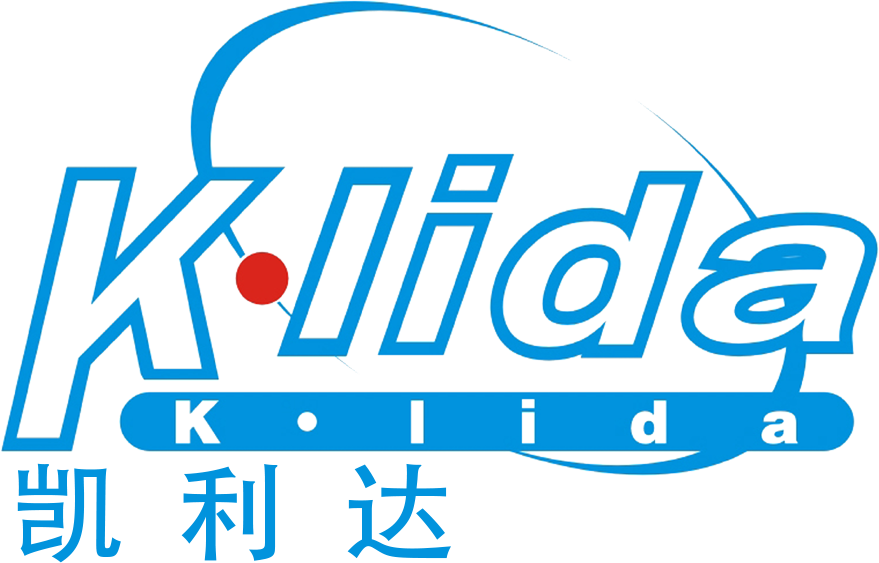Unlocking Efficiency: The Benefits of Permanent Magnet Integrated Machine Motors
Release time:
2025-10-26
Unlocking Efficiency: The Benefits of Permanent Magnet Integrated Machine Motors Table of Contents 1. Introduction to Permanent Magnet Integrated Machine Motors 2. Understanding the Technology Behind Permanent Magnet Motors 3. Design Advantages of Permanent Magnet Integrated Machine Motors 4. Efficiency and Performance Metrics 5. Energy Savings and Environmental Impact 6. Applicat
Unlocking Efficiency: The Benefits of Permanent Magnet Integrated Machine Motors
Table of Contents
- 1. Introduction to Permanent Magnet Integrated Machine Motors
- 2. Understanding the Technology Behind Permanent Magnet Motors
- 3. Design Advantages of Permanent Magnet Integrated Machine Motors
- 4. Efficiency and Performance Metrics
- 5. Energy Savings and Environmental Impact
- 6. Applications Across Various Industries
- 7. Future Trends in Motor Technology
- 8. Frequently Asked Questions
- 9. Conclusion
1. Introduction to Permanent Magnet Integrated Machine Motors
In an ever-evolving technological landscape, the demand for high-efficiency motors has surged, making **Permanent Magnet Integrated Machine Motors** a focal point for industries seeking to enhance performance while reducing energy consumption. These innovative motors integrate the benefits of permanent magnets with advanced control technologies, creating a powerful solution that addresses varying operational requirements. This article aims to delve into the numerous benefits these motors offer, from their design advantages to their application in diverse industries.
2. Understanding the Technology Behind Permanent Magnet Motors
Permanent Magnet Integrated Machine Motors harness the magnetic properties of permanent magnets to generate torque. Unlike traditional motors that rely on electromagnets, these motors utilize permanent magnets to create a magnetic field, significantly improving reliability and efficiency.
2.1 Components and Structure
The basic structure of a permanent magnet integrated machine motor consists of stators, rotors, and the permanent magnets themselves. The magnets are typically constructed from rare-earth materials like neodymium, which provide strong magnetic fields in compact sizes. This arrangement leads to a reduction in motor weight and size without compromising performance.
2.2 Types of Permanent Magnet Motors
Permanent magnet motors can be broadly categorized into two types—**synchronous motors** and **brushless DC motors**.
- **Synchronous Motors**: These motors operate at a constant speed and are ideal for applications requiring high precision.
- **Brushless DC Motors**: Known for their simplicity and efficiency, these motors offer low maintenance costs and are widely used in consumer electronics and automotive applications.
3. Design Advantages of Permanent Magnet Integrated Machine Motors
The design of permanent magnet integrated machine motors offers several distinct advantages over conventional motors.
3.1 Compact Size and Lightweight Construction
One of the significant benefits of these motors is their compact size. The utilization of permanent magnets allows for a smaller motor design, which is particularly beneficial in applications where space is a premium.
3.2 High Power Density
The integration of permanent magnets results in higher power density, meaning these motors can produce more power relative to their size and weight. This feature makes them ideal for applications requiring high performance in confined spaces.
3.3 Minimal Maintenance Requirements
Unlike traditional motors that may require regular maintenance due to brush wear, permanent magnet motors are brushless, significantly reducing maintenance needs and downtime. This factor translates into lower operational costs in the long run.
4. Efficiency and Performance Metrics
Efficiency is a critical metric in motor performance, and permanent magnet integrated machines excel in this area.
4.1 Increased Efficiency Ratings
These motors typically boast efficiency ratings exceeding 90%, making them a leading choice for energy-conscious industries. This high efficiency results from reduced energy losses associated with traditional motor designs.
4.2 Enhanced Torque and Speed Control
Permanent magnet motors offer superior torque and speed control, allowing for precise operation in various applications. The ability to modulate speed without loss of torque is a game-changer in industrial settings.
5. Energy Savings and Environmental Impact
The transition to permanent magnet integrated machine motors not only enhances operational efficiency but also contributes to substantial energy savings.
5.1 Lower Energy Consumption
By leveraging advanced motor technology, businesses can achieve significant reductions in energy consumption. This aspect becomes increasingly vital as industries aim to meet stringent energy regulations and sustainability goals.
5.2 Reduced Carbon Footprint
Adopting these motors helps reduce the carbon footprint associated with industrial operations. With energy-efficient solutions, companies can play a proactive role in combating climate change while also enhancing their market competitiveness.
6. Applications Across Various Industries
The versatility of permanent magnet integrated machine motors enables their application in a wide range of industries.
6.1 Automotive Industry
In the automotive sector, these motors are pivotal in electric vehicles (EVs), where their compact size and high efficiency contribute significantly to overall vehicle performance and energy management.
6.2 Consumer Electronics
Consumer electronics, such as drones and home appliances, utilize permanent magnet motors for their lightweight and efficient characteristics. These motors enhance the performance of devices while minimizing energy usage.
6.3 Industrial Automation
In industrial automation, permanent magnet motors are often used in robotics and conveyor systems, where precise control and efficiency are paramount. Their reliability and low maintenance needs align perfectly with the demands of automation.
7. Future Trends in Motor Technology
As technology advances, the landscape of motor design and application continues to evolve.
7.1 Integration with IoT
The integration of **Internet of Things (IoT)** technology is set to revolutionize how permanent magnet motors operate by enabling real-time monitoring and predictive maintenance, thus minimizing downtime and enhancing productivity.
7.2 Advances in Material Science
Continued advancements in material science are expected to yield even stronger permanent magnets, leading to further improvements in efficiency and power density, thereby expanding the potential applications of these motors.
8. Frequently Asked Questions
8.1 What are the primary benefits of permanent magnet integrated machine motors?
Permanent magnet integrated machine motors offer high efficiency, compact size, low maintenance, and superior performance in various applications, making them an attractive choice for industries.
8.2 How do permanent magnet motors compare with traditional motors?
Permanent magnet motors generally provide higher efficiency, reduced weight, and lower maintenance costs compared to traditional induction motors, leading to a better overall performance.
8.3 Are permanent magnet integrated machine motors suitable for high-torque applications?
Yes, these motors excel in high-torque applications, offering precise torque control and high power density, making them suitable for demanding industrial tasks.
8.4 What industries benefit the most from using these motors?
Industries such as automotive, consumer electronics, industrial automation, and renewable energy are among the primary sectors benefiting from permanent magnet integrated machine motors.
8.5 How do I determine if a permanent magnet motor is right for my application?
Consider factors such as efficiency, power requirements, space constraints, and maintenance needs when evaluating whether a permanent magnet motor is suitable for your specific application.
9. Conclusion
Permanent Magnet Integrated Machine Motors represent a significant advancement in motor technology, offering unprecedented efficiency and reliability across a wide array of applications. As industries continue to seek sustainable and cost-effective solutions, these motors stand out as a pivotal component in driving the future of technology. By understanding the benefits of permanent magnet motors, organizations can make informed decisions that not only enhance performance but also contribute to a greener and more efficient operational paradigm. Transitioning to these innovative motors is not just a technological upgrade; it's a strategic move towards sustainability and long-term success in an increasingly competitive market.
Recommended News





